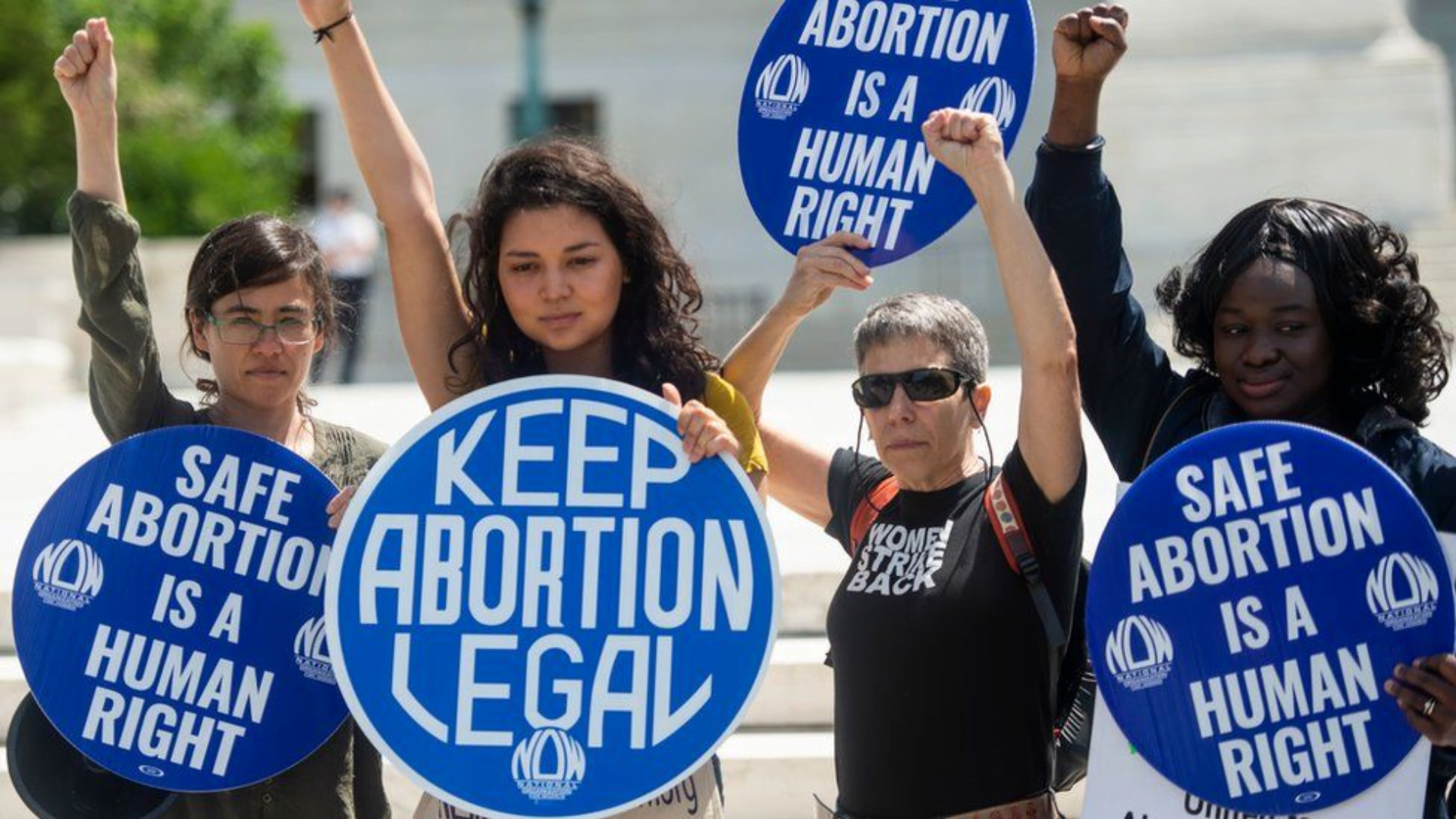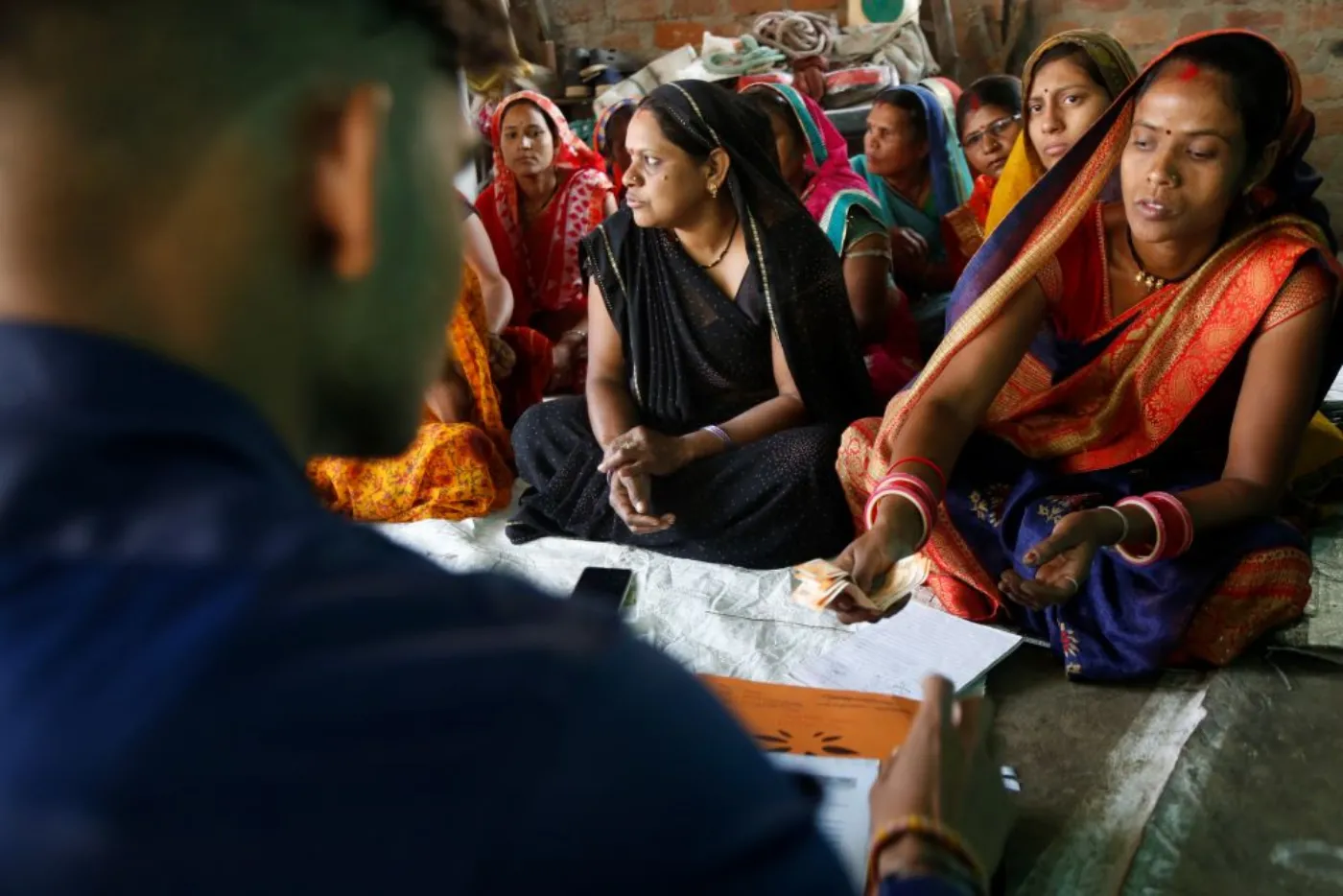Economics is not as dismal a science as the slander goes around in the market. The subject matter of economics has, over centuries, and even more so in recent times, concerned itself with the welfare of the people. With the credibility revolution and the use of empirical tools to extract the results of natural and quasi-experiments, the contribution of economics in addressing the policy gaps and evaluating the policy outcomes has been enormous.
However, what society fails at is its ability to learn from the findings in empirical economics. Economic literature and empirical results have been blaring through the years about the humongous welfare impact of letting individuals choose abortions. Unfortunately, the parochial rationale of the pro-life puritans and the Supreme Court of the US is even stronger.
However, what society fails at is its ability to learn from the findings in empirical economics. Economic literature and empirical results have been blaring through the years about the humongous welfare impact of letting individuals choose abortions. Unfortunately, the parochial rationale of the pro-life puritans and the Supreme Court of the US is even stronger.
The court has decided to turn a blind eye to the welfare effects of abortion rights on the effective participation of women in society. Using techniques of impact evaluation, many economists have demonstrated that across the US states, abortion access is welfare enhancing.
Researchers have found that access to abortion leads to fertility reduction, especially among teens and POC, along with reducing maternal mortality. Moreover, abortion right benefits women by increasing their access to education and labour force participation. It not only reduces the cases of child neglect, abuse, and child poverty but also improves the standard of living of the entire generation in the long run.
The court has decided to turn a blind eye to the welfare effects of abortion rights on the effective participation of women in society. Using techniques of impact evaluation, many economists have demonstrated that across the US states, abortion access is welfare enhancing.
Despite the mountain loads of empirical evidence, the Court of Mississippi remarked, showing outright disregard to the researchers, that “there is simply no causal link between the availability of abortion and the capacity of women to act in society” and even more so to the disgust of the feminist movement that abortion access has no impact on “the ability of women to participate equally in the economic and social life of the Nation”.
The judiciary has not even given heed to the empirical evidence available through the literature in law as well. A policymaker’s guide published by the US Department of Justice explains in as many words as possible the determinants of juvenile delinquency in the US. As expected, children rejected by their parents, and “economic conditions inherent to single-parent families” may put children at higher risk of delinquencies.
No law or policy can be seen in isolation. They need to be assessed in multiple contexts, given the interconnectedness of different spheres of life. Seeing the draconian verdict, in the context of the ever-increasing inequalities in the US economy, the expected damages expand beyond the immediate concerns on women’s rights to the concerns for the long-term well-being of women, children and society in general.
No law or policy can be seen in isolation. They need to be assessed in multiple contexts, given the interconnectedness of different spheres of life. Seeing the draconian verdict, in the context of the ever-increasing inequalities in the US economy, the expected damages expand beyond the immediate concerns on women’s rights to the concerns for the long-term well-being of women, children and society in general.
To address the underlying economic concern (which may seem far-fetched on the face of it), we focus on the states that have trigger laws (that already or sooner ban abortion or have moved in recently to restrict the act or have existing bans that were temporarily blocked by a judge but could now be enforced). For a better grasp of the future prospects of women with unwanted children, we focus on certain present-day aspects of the US economy. First, there is a case of rising income inequalities.
Gaping income and wealth inequalities, attributed to systemic historical discrimination present in the society, were further exacerbated over the past few years due to covid-19. To attain a decent standard of living and combat relative deprivations, American workers are working full-time or multiple shifts only to find their earnings not enough.
Millions of Americans are stuck in low-paying occupations (like restaurant work, retail stores, etc.) such that even 70 hours of work at typical wages cannot keep them at bay from poverty. Society also shows stagnant intergenerational mobility such that a large percentage of children from lower income groups are expected to stay in the same income bracket when they grow up. Considering the condition in anti-abortion states, we find that 19 of these 21 states have per capita personal consumption expenditure lower than the average United States consumption of $42,210 (Mississippi with the lowest per capita consumption of $32,358) in 2020.
Assessing their per capita health care expenditure, 15 of these states are lower than the United States average of $7210 in 2020. Based on the Gini coefficient, these are the states showing the highest wealth inequality in the US, Louisiana topping the list, followed by Florida and Georgia.
Assuming that no external force would be changing their labour supply and expenditure behaviour drastically in the near future, the present scenario provides a grim picture for the unwanted children who would be given birth in these states.
These pro-life states also record concerning figures when it comes to incarceration. In 2019, 10 US states with the highest prison rates belonged to the group of pro-life states only. Louisiana has the highest rate, 684 out of 100,000, followed by Mississippi (639 per 100,000) and Oklahoma (632 per 100,000). There are two more facts that make the picture grimmer. First, many states also have the highest rate of juvenile custody, with 30 per 100,000 in Texas, followed by 18 per 100,000 in Kentucky. Second, these states also have the highest number of people in for profit private prisons.
Out of 115,428 prisoners in private prisons in 2019, Tennessee has 29% of them, followed by Oklahoma (25%) and Arizona (19.5%). Out of eight states which have registered a doubling of private-prison population size belong to the pro-life group. The state of Arizona has registered a rise of 480% in the private prison population, followed by North Dakota (221%) and Florida (205%).
In the light of these numbers, a cynical lens, though rightfully, would see the abortion ban as catering to the capitalist and inequality-preserving class of the American society. It seems high levels of inequality (and hence low levels of the welfare of disadvantaged communities) are desirable to a certain section of society. Are they ensuring a regular supply of prisoners to the large companies providing for-profit prison facilities in the long run?
Now women would have to bear higher costs of abortion if they make the decision in the states where abortion is legal. Given the rising cost of living and inequalities, the cost of getting an abortion would be too high to bear. On the other hand, the repercussions of giving birth when you cannot afford or want it would be even more severe for the fabric of society and the welfare of all the stakeholders. Seeing the blatant indifference to logic of welfare, one is bound to ask: Is the good economics getting trumped by bad intentions of the economy? Do the theoretical arguments and the philosophy of “original intent“ precedes loads of empirical evidence?
Also read: Manifesto 343: The Abortion Rights Movement By Women Who Spoke About Their Illegal Abortions In 1971
More often than not, there is an economic intent behind every law or policy. The economic intent can be benign or malign, and it can be enlarging the pie of economic gains and distributing equally, or it can just be concentrated in the hands of the few.
Given the strong interconnectedness of the economy, state and society, every remote action would have an omnipresent reaction: access to abortion would have fed into the economy in a welfare-enhancing manner; now, the ban would feed into the society in the opposite manner, ossifying the structure of society marked with structural inequalities caused by misogyny, racism, and relative deprivation. At this time, people fear that the Supreme Court decision may lead to a slippery slope where other rights like rights to contraception and same-sex marriage could get overturned in a similar spirit.
Also read: Abortion Laws In India: Do Pregnant People Have Agency Over Their Own Bodies?
Akansh is a PhD student in Economics at the Indian Institute of Management, Indore. He is interested in issues related to inequality, poverty, gender, and the environment. Follow him on Instagram.
Featured image source: BBC





